Getting from Munich to Rome in six hours and from Skopje to Athens in no more than four: If the EU Commission has its wish, this will be the future for European train travellers. But can these ambitious plans stay on track?
In early November, the European Commission announced a new comprehensive transport package, including an action plan to accelerate the development of a high-speed rail network across Europe.
The goal is to halve journey times between major cities by 2040 by building new lines and updating existing ones to achieve speeds of 200 kilometres per hour (km/h) or more. The main aim is to make rail travel a more attractive alternative to short-haul flights, boost connectivity, and make the EU's transport system more efficient and climate-friendly.
Transport Commissioner Apostolos Tzitzikostas said: "High-speed rail is not just about cutting travel times - it is about uniting Europeans, strengthening our economy, and leading the global race for sustainable transport."
Passengers are to be able to travel from Berlin to Copenhagen in 4 hours, instead of the current 7 hours. The travel time from Sofia to Athens is to be cut from currently 13 hours and 40 minutes to 6 hours, and Vienna and Berlin are to be connected by a trip lasting 4 hours and 30 minutes, instead of the current 8 hours and 10 minutes.
"Improving travel times between capitals across Europe is a tangible and pragmatic result of our will to make Europe more united and more efficient," said Vice President of the European Commission Raffaele Fitto.
To that end, Brussels is working to remove barriers to cross-border rail travel - from harmonising ticketing systems, with a legal proposal expected early next year, to boosting competition to drive down prices. This plan builds upon the existing Trans-European Transport Network (TEN-T) and includes legislative measures to accelerate the development of the network.
The Commission sees high-speed trains as a sustainable alternative to short-haul flights. Trains emit significantly fewer greenhouse gases than planes, boats, cars, or buses. According to the Commission, rail accounts for barely 0.3 percent of emissions in the transport sector.
It also plans to bring together EU member states, rail operators and financial institutions to coordinate the massive investment needs - estimated to be at least 345 billion Euro by 2040, rising to over 500 billion Euro by 2050.
Alberto Mazzola, head of the Community of European Railways (CER) lobby group, called the plan an important first step. "With this central momentum bringing together all stakeholders, Europe can truly move from isolated high-speed rail pockets to an integrated transcontinental network," he said.
Efforts to integrate rail links across Europe have faced setbacks to date, including the failed relaunch of Paris-Berlin night trains and problems with a new Brussels-Venice service, which stalled at the Italian border during its inaugural run in February.
Belgian MEP Kathleen Van Brempt (S&D) pointed out that previous Commissions also formulated the objective of doubling high-speed rail traffic by 2030 compared to 2015. "But today, rail traffic has barely increased by 17 percent. This is mainly due to poor connections and a lack of infrastructure," Van Brempt said.
Connecting capitals north to south, east to west
Across European capitals, plans are afoot to improve rail connectivity, with one innovation due to arrive as early as 2026: the ability to easily purchase train travel throughout Europe online. The aim is to increase passengers' choice and digital access to all tickets, as well as make more rail tickets available on major ticketing platforms, including from smaller rail companies, the Commission said.
Europe's 12,000 km of high-speed rail are still concentrated today in just a few member states - like Spain, France, Italy and Germany, Tzitzikostas said, while Central and Eastern Europe remained still poorly connected, unfortunately.
French national rail operator SNCF announced back in June it planned to offer high-speed passenger services in neighbouring Italy from 2026, competing with rival Trenitalia on its home turf.
"Italy is a natural market for high speed, with 56 million passengers per year," said Alain Krakovitch, head of intercity TGV (high-speed train) services at SNCF Voyageurs.
The French heavyweight moved into Spain with intercity services in 2021, and has seen Trenitalia itself look to pick up business in France on the profitable Paris-Lyon line.
Spain has the largest extension of high-speed rail lines in Europe, with more than 4,400 km of this type of track within its territory. However, its high-speed connections with neighboring countries are still very limited.
Portugal, Spain, and the Commission reached an agreement for the Lisbon-Madrid connection by conventional train in five hours by 2030 and by high-speed rail in three hours by 2034, as part of the EU's railway plan. This would be the first high-speed line between the two countries.
Spain has a single trans-European high-speed corridor with France (the Perpignan-Figueres border link, integrated into the so-called Mediterranean Corridor). Commissioner Tzitzikostas stated that he is working "very hard" with the Ministers of Transport and Infrastructure of France and Spain to "remove the bottlenecks" at the borders between both countries.
Tomasz Lachowicz, representative of the Polish state railway's office in Brussels, said that PKP S.A. had been a pioneer in developing a strategy for the growth of high-speed rail at the EU level for many years. Poland has been identified by its European partners as the country with the greatest potential in railway investment, he said, adding that financing in the next EU budget will be crucial.
Slovakia has received more than 135 million Euro to modernise railway lines and increase rail transport safety. The Commission approved Slovakia's funding for projects from the Connecting Europe Facility (CEF), according to Denisa iláková, State Secretary of the Ministry of Transport.
The ministry specified that these investments will enable shorter travel times, increase safety and prepare Slovak lines for the operation of modern trains with ETCS safety-system technology. Carriers and experts have called for the introduction of ETCS following several accidents.
The Commission's map includes a high-speed connection between the Slovenian capital Ljubljana and Vienna in Austria, which would reduce the travel time from the current 6 hours to 4.5 hours.
The high-speed goal is to be achieved in Austria via high-speed rail link between the southern city of Klagenfurt and Vienna. Slovenia's priority is a line running from Ljubljana through Celje and Maribor to entilj where it would be connected to Austria's Vienna-bound network. The Infrastructure Ministry says the line would be built between 2040 and 2050.
Slovenian Railways is currently facing many issues in terms of punctuality and travel times, but is attributing this to the limitations of the rail infrastructure and the large number of works underway on the network.
The ambitions also spread beyond current EU member states:
Bulgaria's Deputy Prime Minister and Minister of Transport, Grozdan Karadjov, and his counterpart from EU candidate country North Macedonia, Aleksandar Nikoloski, in early November signed an agreement on the preparation, construction, and operation of a cross-border railway tunnel between the two countries, with the aim of having the two capitals, Sofia and Skopje, be connected via a railway.
Nikoloski said this corridor has a significant strategic, economic, and geopolitical importance for the Balkans and for Europe as a whole, as it would also help NATO in assisting Ukraine.
The cross-border tunnel is a key element of the Western Balkans-Eastern Mediterranean transport corridor and the strategic Corridor VIII, part of the Trans-European Transport Network (TEN-T). Its implementation will provide the missing rail link between Bulgaria and North Macedonia and will improve transport access between the Black Sea and the Adriatic.
The Commission's plan also includes the railway line between Sofia and Athens, with travel times expected to be cut down to 6 hours. Karadjov said back in October Sofia and Ankara also made progress on a project linking southeastern Bulgaria and northwestern Türkiye.
At the end of September, Nikoloski announced construction of a high-speed railway from Skopje to the Greek cities of Thessaloniki and Athens. He added that with this travel from Skopje to Thessaloniki will take 1 hour and 20 minutes, and no more than 4 hours to Athens. "I believe that this will completely change the way of life in this part of Europe. So, the high-speed railway will become the most important economic-infrastructure project for the whole of Southeast Europe," Nikoloski said.
Germany, the spanner in the works
Due to its size and geographic location, Germany should be a linchpin in European train networks. However, with operator Deutsche Bahn (DB) widely criticised for deteriorating services, there is currently little optimism for a smooth ride across Germany.
Germany's transport minister earlier this year sacked the state-owned operator's CEO. Its new chief, Evelyn Palla, vowed in September to make a new start. DB was once widely admired for its punctuality and efficiency but is now known for frequent delays and cancelled trains. Almost 40 percent of long-distance services arrived late last year, not including the ones that were cancelled. And things have not improved since then - in September this figure stood at around 45 percent. On top of that the company reported a loss of 760 million Euro for the first half of 2025.
Palla warned that improvement would take time. "There is no quality switch we can suddenly flick and then all is good," she said. "Renewing railway infrastructure is a marathon, not a sprint."
Deutsche Bahn is now aiming for 70 percent of long-distance trains to be on time by 2029 - the previous deadline was 2026. The government has earmarked 100 billion Euro for renewing DB's network by 2029. Critics blame years of under-investment for the network's condition. Railway investment per capita rose almost 70 percent last year as the previous government pushed to renew the network, according to passenger lobby group Pro Rail Alliance. However, neighbours like Austria and Switzerland still spent roughly twice as much.
Delays and stoppages
Efforts to boost train travel across European borders are repeatedly meeting setbacks of financial, political or regulatory natures.
In Czechia, the new government will not continue with the high-speed rail line to Hradec Kralove, East Bohemia, and Wroclaw, Poland, due to a lack of funds, said Karel Havlícek deputy chairman of the right-wing populist ANO party, which emerged victorious from last month's general election.
The incoming Czech government will continue with the main backbone route from Dresden, Germany, to Usti nad Labem, northern Bohemia, Prague, and Brno to Breclav, southern Moravia, Havlicek said.
Railway fans were devastated by the scrapping of a much-heralded Berlin to Paris night train last month. French operator SNCF, and Austria's ÖBB, Europe's key night train operator, had announced that the night route would be discontinued from mid-December after only being launched in December 2023.
However, the cooperative Belgian-Dutch European Sleeper said it would step in and launch a train three times weekly between the French and German capitals from March 2026. Night trains in Europe are enjoying a resurgence especially among young people concerned about the environmental impact of flying.
Delivered late by their manufacturer, regional trains ordered to connect France and Germany are only running in France while awaiting German approval, France's Grand-Est region said in early November. The trains were supposed to be delivered in 2023 and connect cities such as Strasbourg to neighbouring German regions. The trains were not delivered until May, and in the meantime, however, German regulations on the duration of emergency braking for trains have become stricter.
Another issue is the lack of rolling stock. Bulgaria's transport minister for example said Bulgarian State Railways (BDZ) is experiencing a shortage of about 80 carriages, as well as 15 new long-distance trains. Some have been bought and will be delivered by the end of 2027, but due to lack of funding about half of the needed rolling stock will have to be rented or purchased second-hand.
The content of this article is based on reporting by AFP, ANSA, BTA, Belga, CTK, EFE, MIA, PAP, STA, TASR, as part of the European Newsroom (enr) project.

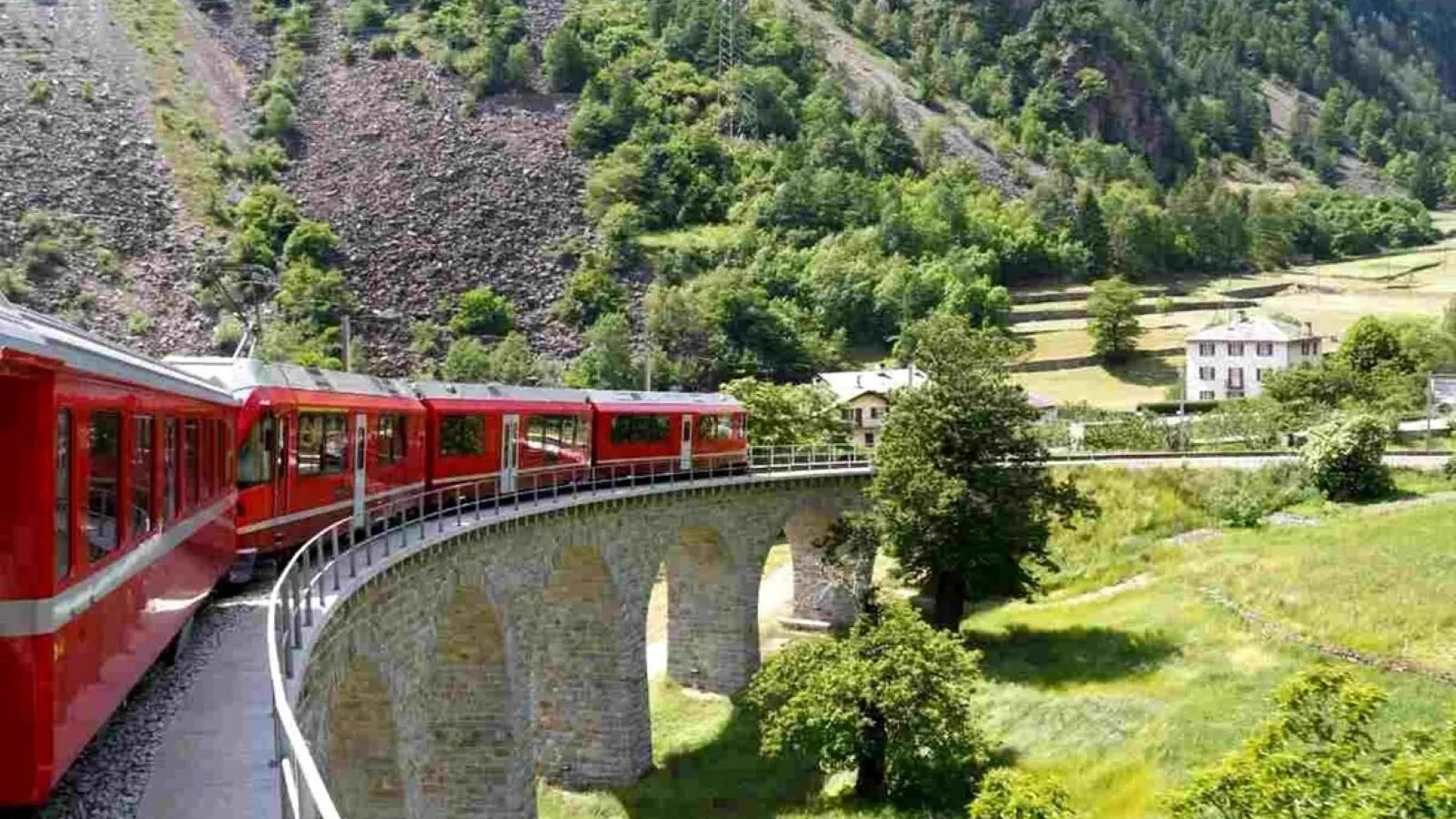




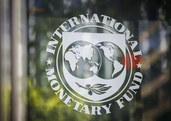







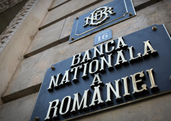




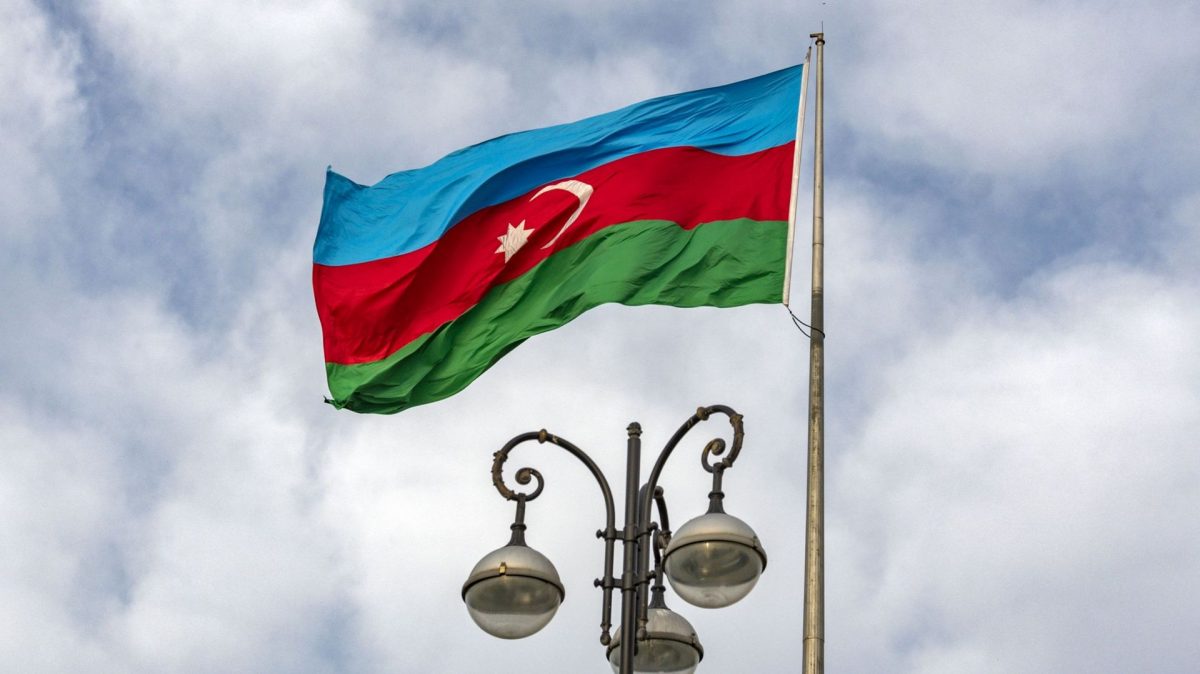









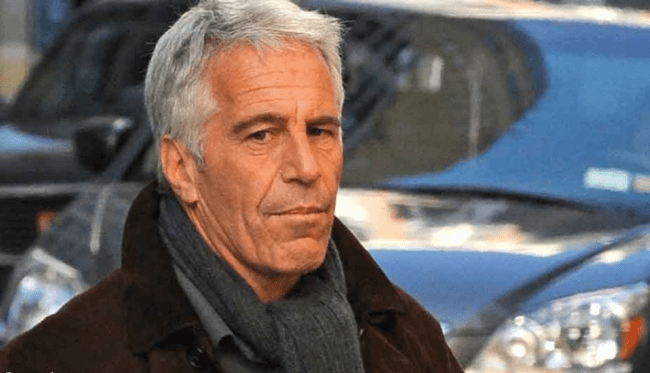


Comentează